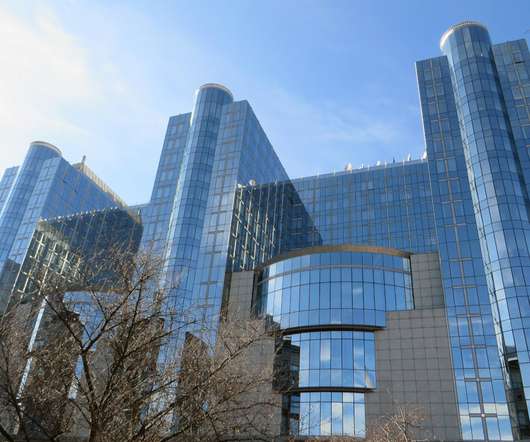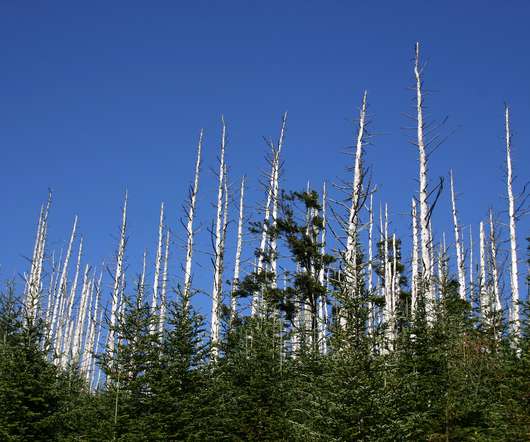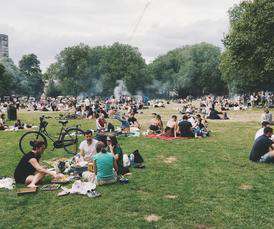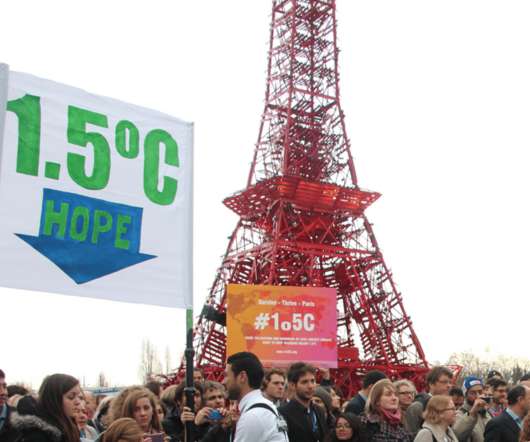How do you take clean AC mainstream? This global health organization has some ideas.
Grist
NOVEMBER 8, 2023
As we discussed in our last newsletter, all that growth also creates something of a vicious climate cycle, because of the energy-intensive nature of cooling, and because the refrigerants commonly used in ACs are potent greenhouse gases. It grew to include interventions for other infectious diseases — and, more recently, climate change.



















Let's personalize your content